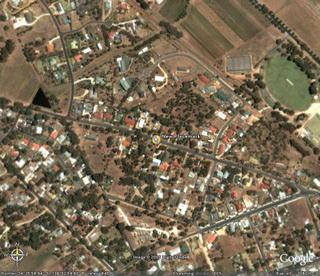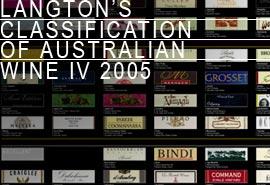 What is the most important factor in making good wine? One person’s viewpoint is that of Ric Einstein of TORBWINE who has written a rather lengthy piece explaining Einstein’s Wine Theory which is Good viticultural practices are the roots of fine wine(TM). Or A Dummies Guide to the Most Important Wine Thingy.
What is the most important factor in making good wine? One person’s viewpoint is that of Ric Einstein of TORBWINE who has written a rather lengthy piece explaining Einstein’s Wine Theory which is Good viticultural practices are the roots of fine wine(TM). Or A Dummies Guide to the Most Important Wine Thingy.Perhaps the most interesting part of Ric’s artcle, from my perspective, are the comments of Cecilia Schubert of Schubert Estate in the Barossa Valley. She noted that “the human resource firm, Morgan & Banks, interviewed 7,000 Australians and asked them where they would like to be in five years time and 3,150 chose owning a vineyard.” ……….and
“Temptations to experience living in wine country have come from many sources including Peter Mayle’s “A Year in Provence,” lifestyle television programs; or the musings of feature editors describing the pleasures and delights of country living, regional cuisine and fine wine. Before you are seduced to an epiphanous experience - take heed. Enjoy the pleasures, but before investing your money make sure you have stacks of it. We are not talking hundreds here; we are talking thousands, stacks and stacks of thousands. With good backing, you’re guaranteed of having a chance of actually enjoying those promised pleasures.”
A similar perspective guided my wife, Miranda, and I to purchase a small home in the little township of Lyndoch in the Barossa Valley. When we decided to buy an investment/retirement property in Australia’s wine country a few years back we began looking at places like Orange, Swan Valley, Mudgee, (even Dubbo) and finally settled on the Barossa. Over the three or so years that we took to do this the dream went from a small property that we could grow things on (including vines) to the reality of a simple 3-bedroom house close to vineyards. In essence the change was made due to the realization that growing things and especially making wine is not something for the faint of heart, and not a good idea if you truly want to retire. I would much rather spend my retirement visiting with winemakers and drinking their wines.







